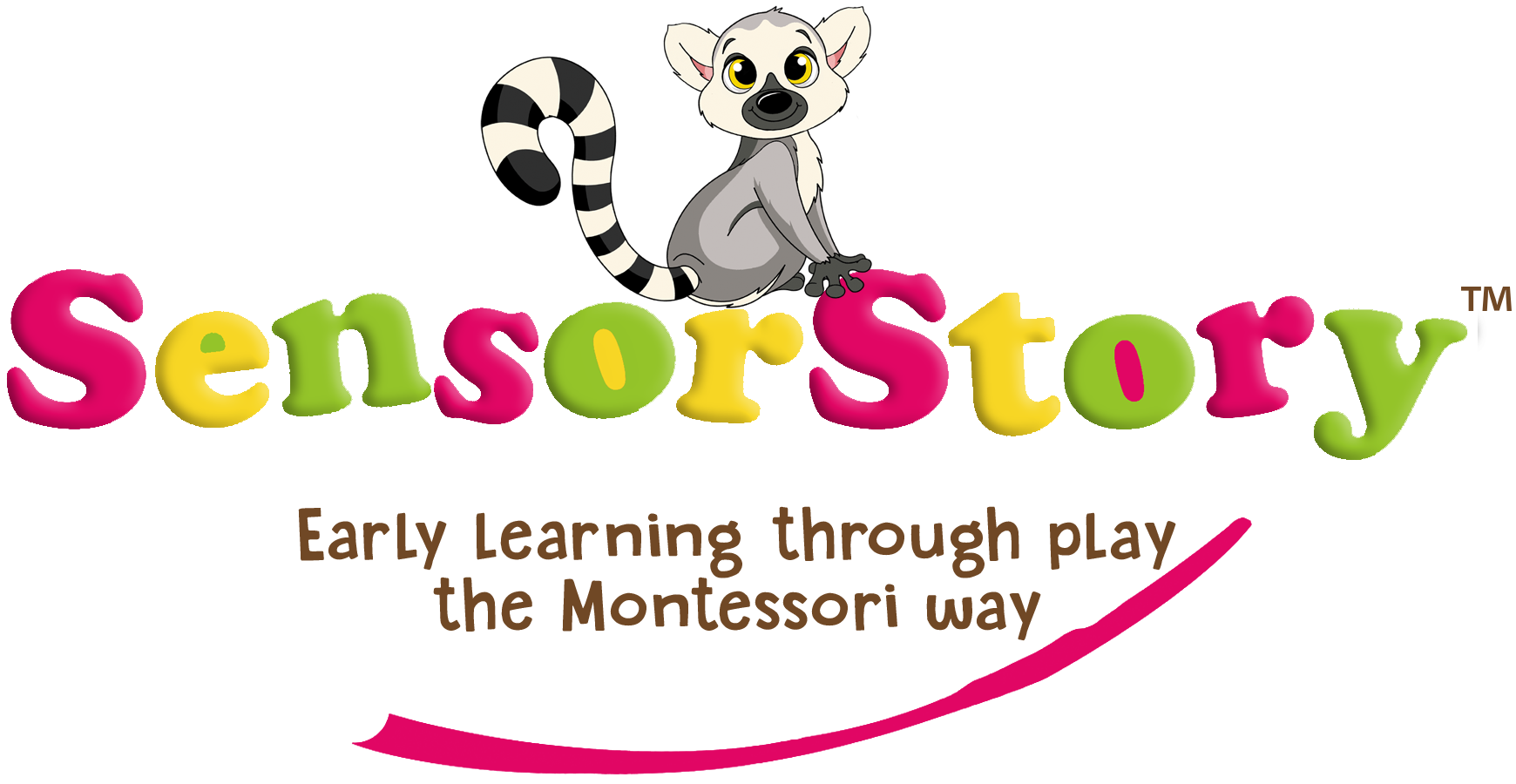For parents new to the Montessori approach, encountering the terms 'normal' or 'normalisation' may initially cause some concern. In Montessori education, 'normalisation' has nothing to do with implying that your child is merely 'typical' or 'average.' Instead, it describes a distinctive process in child development where children evolve into active contributors within their community.
Normalisation encompasses a child's capacity to concentrate and work autonomously in the Montessori environment. It involves utilizing Montessori materials to fully engage their interests while practicing self-discipline and cultivating a sense of peace. There are four key characteristics associated with normalisation:
1. Love of work: The ability to choose and take joy in work.
2. Concentration: The ability to work continuously, following a progressive interest.
3. Self-discipline: Focusing energy and mental capacities on self-mastery.
4. Sociability: Helping, respecting, and sympathising with others.
According to Dr. Maria Montessori, normalisation is "The most important single result of our whole work", taken from her book 'The Absorbent Mind'. Children establish the foundations of character and necessary personality traits for normalisation by adhering to a three-period work cycle. The three-period work cycle consists of:
1. Preparation for work: Gathering materials and preparing the mind.
2. Work: Focused concentration on the activity or material.
3. Rest: Deriving satisfaction from completing the work.
As children progress through the work cycle, they advance through the three stages of normalisation, each stage building upon the previous one, as they master the skills of self-discipline, concentartion, sociability and a love of work.
So what is normalisation in Montessori and three stages?
**Stage One:**
Children under three or new to the Montessori environment are in the first stage. They engage with introductory curriculum areas, such as practical life, gaining a sense of pride and accomplishment in their work, and will typically repeat an activity numerous times. In this early stage of normalisation, children practice making simple choices, and are encouraged to practice the skills of concentration and self-motivation.
**Stage Two:**
In the second stage, children move quickly between activities, typically selecting mulitple activities during the work cycle. However, they rarely repeat an activity and are not deeply engaged with the materials, requiring frequent Montessori lessons, presentations, and instructions to develop self-discipline.
**Stage Three:**
Children who reach the third stage of normalisation, usually aged between five and six, have typically attended Montessori preschool regularly. They can focus intently on one activity, transitioning smoothly to the next without disrupting others. Minimal supervision is needed, as children work independently, self-directed guided by their own interests.
As Doctor Maria Montessori says: “The children are working as if I do not exist.” The role of the teacher in the third stage of normalisation is to observe and guide children’s interests and activities to the next level.
Children achieving normalisation understand and adhere to Montessori classroom rules for the sake of peace and harmony. They exhibit patience, focus, and respect for all things, living and non-living. They have learned to exercise self-control and discipline, and engage in work because it fulfills their desire to achieve a greater understanding.
The Montessori environment is designed to facilitate each child's unique journey through the stages of normalisation, emphasizing gradual acquisition of skills and character traits at their own pace.
